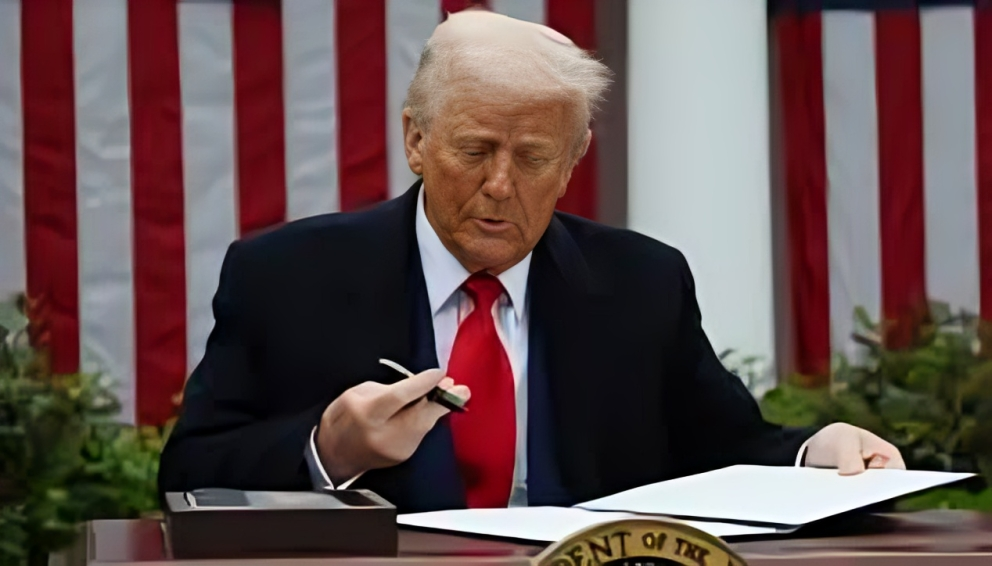
Data from the Central Bank of Nigeria showed that Nigeria's money supply dropped for the first time in 2025, to N110.32tn in February from N110.94tn in January. Following earlier signals of monetary tightening and foreign exchange reforms, the 0.56 percent month-on-month drop is amid ongoing efforts by the apex bank to control liquidity in the system. The rate is, however, much higher than last year's despite the marginal slowdown. At N95.56tn, the money supply for February 2024, a 15.45% year-on-year increase, was achieved. The M3 money supply increase gives a wider perspective of the monetary dynamics of the nation, including both net domestic and net foreign assets. The marginal contraction in February is consistent with activity in domestic credit and foreign reserves. A probe into the core drivers shows that net foreign assets fell by 8.62% to N32.34 trillion in February from N35.39 trillion in the previous month. This is a decrease of more than N3tn and can be due either to reduced external reserves or to further central bank foreign exchange interventions to shore up the naira. Net domestic assets, on the other hand, increased to N77.97tn in February from N75.55tn in January, up 3.21% in further credit growth in the domestic economy. Growing exponentially from N7.41 trillion in February 2024, year-on-year net foreign assets widened by close to 337%. The uptick captures the effect of improved foreign inflows and changed currency rates. Net domestic assets, however, slightly declined from N88.15tn in the same period, possibly indicating a reallocation within the financial system propelled by changing policy direction. Captured under M2, broad money supply also decreased marginally in February, to N110.31tn from N110.93tn in January. The 0.56 percent drop reflects the trend in M3. However, M2 was 17.39 percent higher year-on-year, from N93.97 tn in February last year. In accordance with heightened government expenditure and other fiscal measures, the figures point to a wider money supply growth in the past 12 months. Conversely, the narrow money supply—made up of current currency and demand deposits—rose in February. It rose from N36.77 trillion in January to stand at N37.57 trillion, a growth of 2.18%. At narrow money of N30.28tn in February 2024, this is equivalent to a growth rate of 24.07 per percent relative to Heightened transactional demand for cash and short-term liquidity needs under prolonged inflationary pressures and currency volatility could partially account for the rise. While narrow money and net domestic assets have increased, the aggregate decline in money supply suggests a change in the liquidity structure. While domestic credit conditions are neutral, the decline in net foreign assets seems to have had a disproportionate effect on M3. The large build-up of foreign assets in the previous year now seems to be slowing, most likely in response to stabilizing inflows or CBN intervention in the foreign exchange market. The marginal decline in money supply in February should provide some space for the CBN to operate its policy instruments with still elevated inflation and the naira exhibiting signs of stability. The recent numbers should inform decision-making when the Monetary Policy Committee sits down soon as the central bank continues to tread the tightrope of balancing economic growth and inflation management.


















